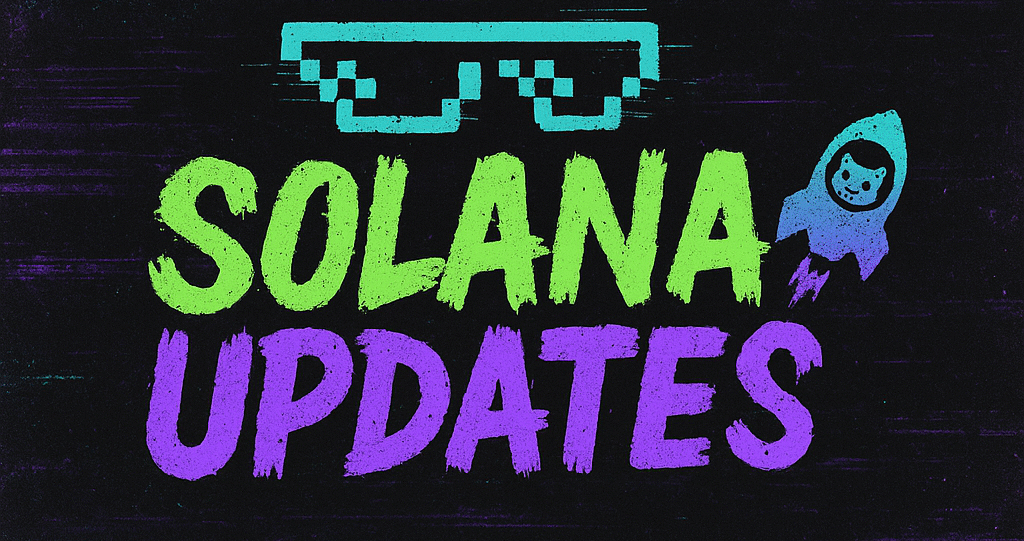Rethinking Transparency: Ethereum’s Approach to a Fairer Blockchain
In the ever-evolving world of blockchain technology, Ethereum has long been a pioneer, pushing the boundaries of what decentralized networks can achieve. However, as the network grows, so do the challenges it faces. One of the most pressing issues is ensuring fair and secure transactions. To address this, a new proposition has emerged: limiting transparency within Ethereum’s ecosystem to mitigate unfair practices like front-running and sandwich attacks.
Front-running occurs when individuals exploit their access to pending transaction data in the mempool—the area where transactions await confirmation by miners. By predicting and acting on these transactions before they are officially recorded on the blockchain, malicious actors can profit at the expense of regular users. Similarly, sandwich attacks involve placing transactions on either side of a target transaction to manipulate market conditions in one’s favor. Both practices exploit the inherent transparency of Ethereum’s transaction ordering system, leading to an uneven playing field.
The Case for Encrypted Mempools
To counter these issues, experts are advocating for Ethereum to adopt encrypted mempools. By encrypting transaction data before it reaches the mempool, the network could effectively shield transaction details from prying eyes. This would prevent front-runners from accessing sensitive information and executing unfair trades. Encrypted mempools would ensure that traders and developers can operate without the fear of their strategies being exposed and exploited.
While this proposal is revolutionary, it is not without its challenges. Implementing encryption at this level would require significant changes to Ethereum’s current infrastructure. It would involve rethinking how transactions are broadcasted and confirmed across the network, potentially impacting transaction speed and efficiency. Furthermore, there is a delicate balance to be struck between privacy and transparency, as too much opacity could hinder Ethereum’s foundational principle of open and verifiable transactions.
Balancing Privacy and Transparency
The debate around limiting transparency on Ethereum is emblematic of a broader discussion within the blockchain community. Transparency is a cornerstone of blockchain technology, providing users with the confidence that their transactions are secure and verifiable. However, as the ecosystem matures, it becomes apparent that complete transparency can be a double-edged sword, opening the door to exploitation.
Proponents of encrypted mempools argue that limiting transparency in this specific context does not undermine the overall integrity of the blockchain. Instead, it enhances fairness by protecting users from predatory practices. The goal is not to obscure the entire transaction process but to safeguard critical stages of transaction handling that are prone to abuse.
Looking Ahead
As Ethereum continues to evolve, so too must its strategies for ensuring a fair and equitable network. The proposal to encrypt mempools is a bold step towards addressing some of the most pressing vulnerabilities in blockchain transactions. While there are technical and philosophical hurdles to overcome, the potential benefits in terms of fairness and security are substantial.
In conclusion, the blockchain community stands at a crossroads. The decision to limit transparency in certain areas could set a precedent for future developments across various blockchain platforms. As Ethereum considers this move, it will be crucial to engage in open dialogue with developers, traders, and users to chart a path that upholds the network’s core values while adapting to the challenges of a rapidly changing landscape.
🛒 Recommended Product: Check out top-rated crypto gear on Amazon


